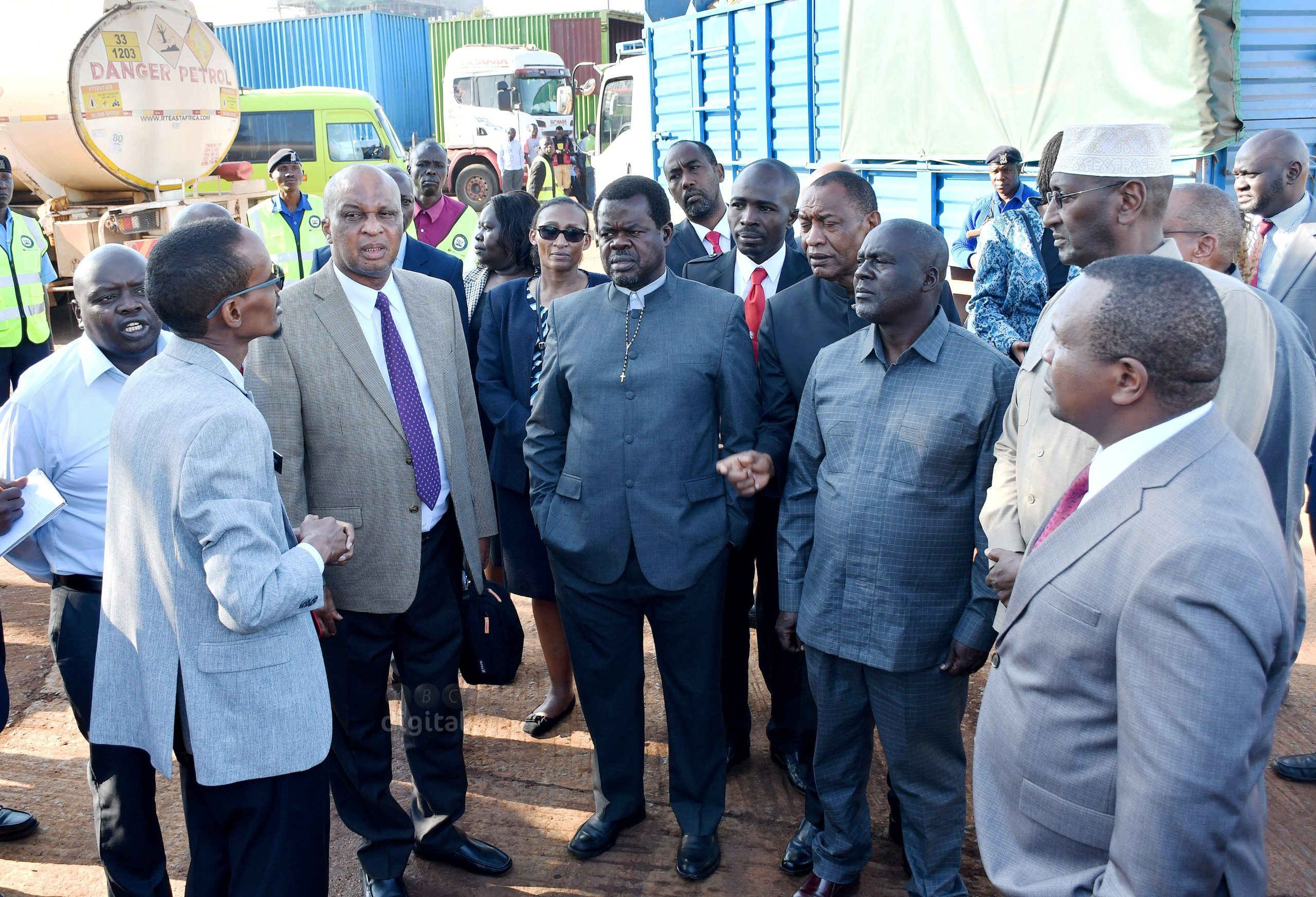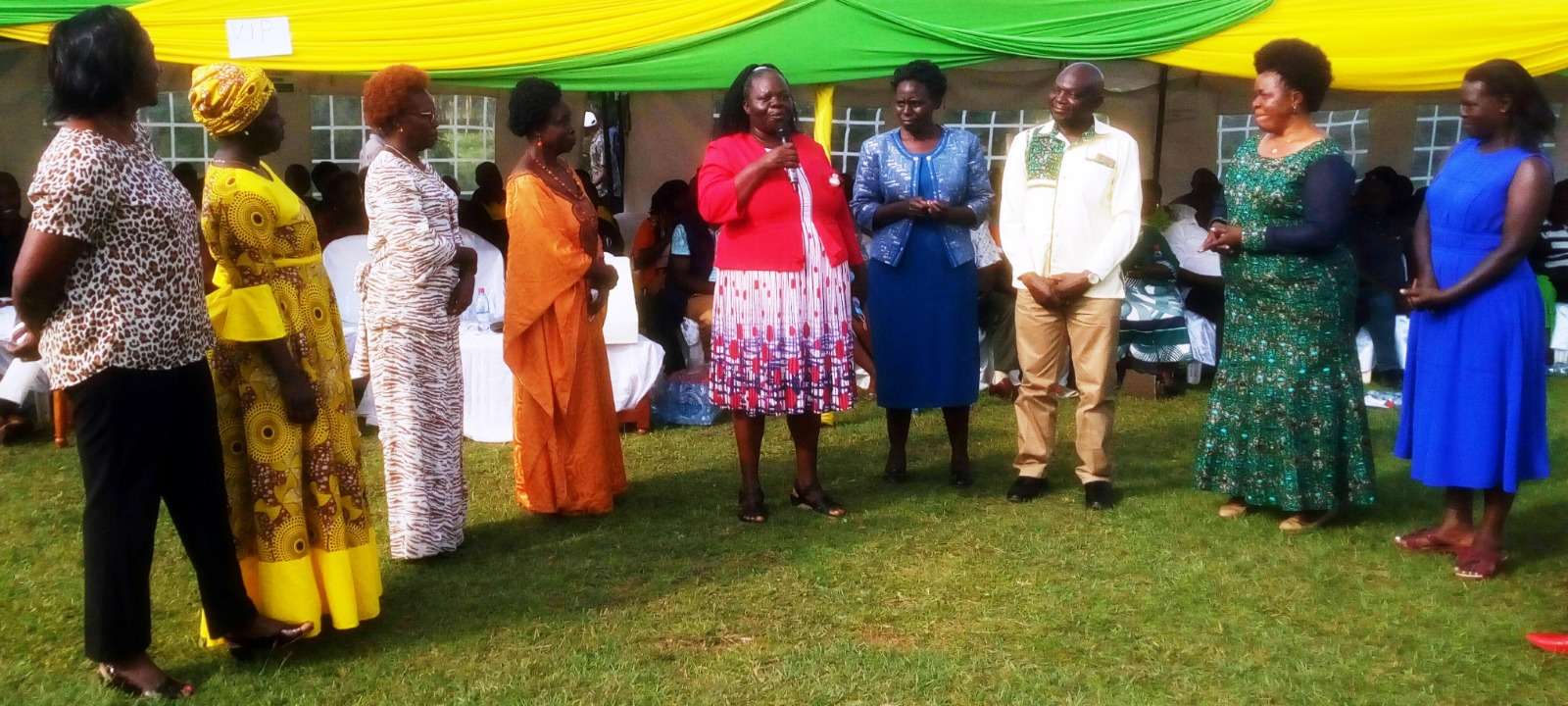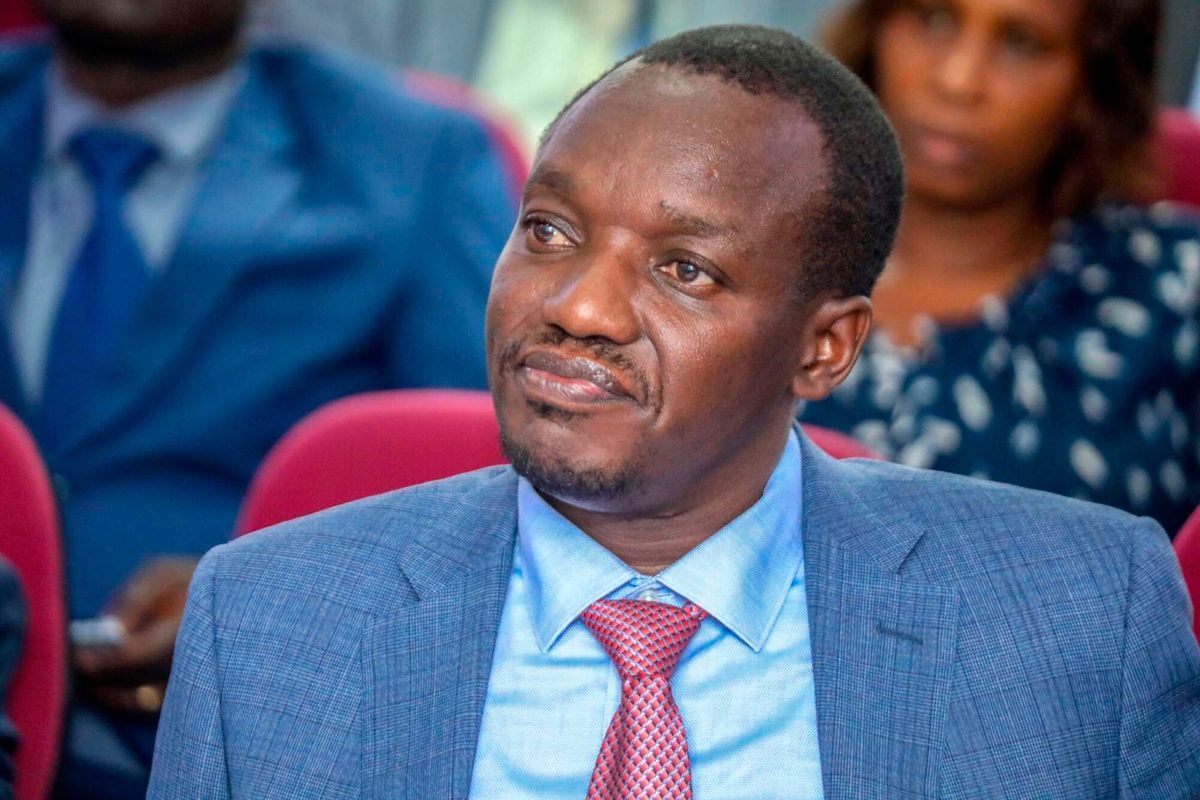A high-level political meeting last week at the Wamunyoro residence of former Deputy President Rigathi Gachagua exposed deepening divisions within Kenya’s opposition as the 2027 general elections approach. The gathering, attended by key opposition figures, failed to resolve a growing stalemate over the choice of a presidential flagbearer.
The core issue is a contest between Wiper party leader Kalonzo Musyoka and former Interior Cabinet Secretary Dr. Fred Matiang’i over who should lead the opposition’s presidential bid. Kalonzo, who has deferred his presidential ambitions three times in the past, is determined to run in 2027, no matter the circumstances. His supporters believe this is his moment and are resolute that nothing will derail his candidacy.
However, Matiang’i’s entry into the race has complicated matters. Widely seen as a protégé of former President Uhuru Kenyatta, Matiang’i has his sights set on the presidency and shows little interest in a supporting role. This ambition has created friction within the opposition.
Analysts warn that if Kalonzo and Matiang’i run separately, the opposition risks handing President William Ruto an easy first-round victory or, at best, forcing a runoff that favours the incumbent. Kenya’s electoral trends suggest voters often rally behind perceived frontrunners in runoffs, which could further tilt the scales toward Ruto.
A key challenge for the opposition is its limited regional influence. Kalonzo’s Wiper party is largely confined to the Ukambani counties of Kitui, Machakos, and Makueni, while Matiang’i’s political base is primarily in Kisii and Nyamira. These fragmented strongholds make it difficult to mount a unified national challenge against Ruto.
Mount Kenya politics also loom large over the opposition’s prospects. Gachagua and his allies fear that without a presidential candidate or running mate from the region, voter apathy could take root, benefiting Ruto by default. While the Mount Kenya faction is reportedly willing to back Kalonzo, Uhuru Kenyatta prefers Matiang’i, deepening the divide.
Kisii Senator Richard Onyonka has proposed a possible Kalonzo–Matiang’i joint ticket, with Kalonzo as the presidential candidate and Matiang’i as his running mate. However, concerns persist that Kalonzo, a seasoned politician, may reject a secondary role. Opposition leaders are urging Matiang’i to step aside for the sake of unity.
The Kisii voting bloc adds further complexity. Historically aligned with Raila Odinga, the community may remain loyal to Ruto if Raila is absent from the ballot, especially given the prominent roles Kisii leaders hold in Ruto’s government. If Raila endorses Ruto in 2027, it could significantly shift voter sentiment away from a Kalonzo–Matiang’i ticket.
Matiang’i’s political standing remains fragile. While respected in policy circles, he has yet to build broad grassroots support nationwide. Failing to secure the opposition’s nomination could erode his emerging base.
For Ruto, the Kisii and Nyamira counties present both a challenge and an opportunity. Analysts suggest the President must strengthen the United Democratic Alliance (UDA) at the grassroots level by recruiting dynamic, politically savvy leaders to counter the so-called “Matiang’i wave.”
Ruto’s key ally in the region is National Assembly Majority Whip Sylvanus Osoro. However, despite Osoro’s energy, analysts believe he cannot single-handedly contain the opposition’s momentum in Gusii. Names like former Kisii Deputy Governor Josh Maangi have been floated as potential reinforcements, though his diplomatic service may limit his political engagement.
In summary, the opposition’s path to unity is fraught with mistrust, conflicting ambitions, and regional imbalances. Unless Kalonzo and Matiang’i can reach a workable compromise, and unless Ruto recalibrates his strategy in Gusii, the 2027 election may hinge more on fragmentation than a true contest of ideas.





